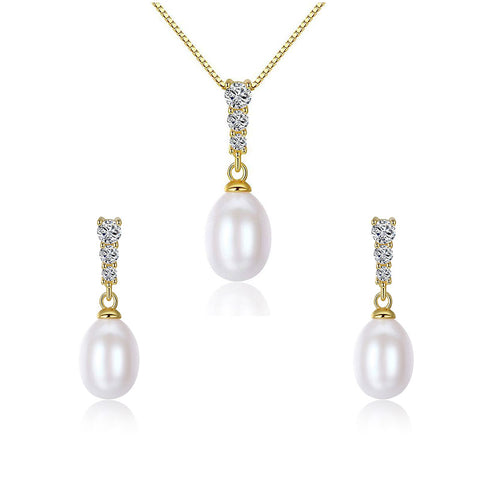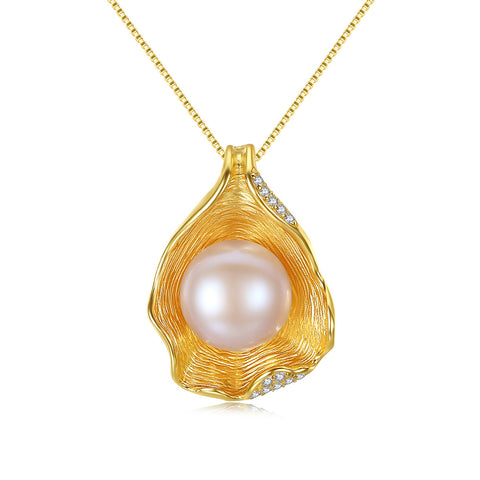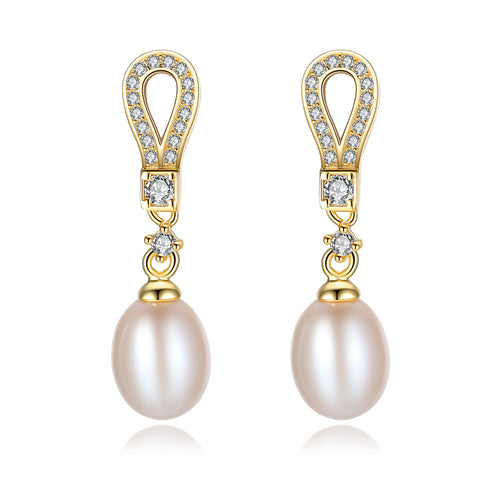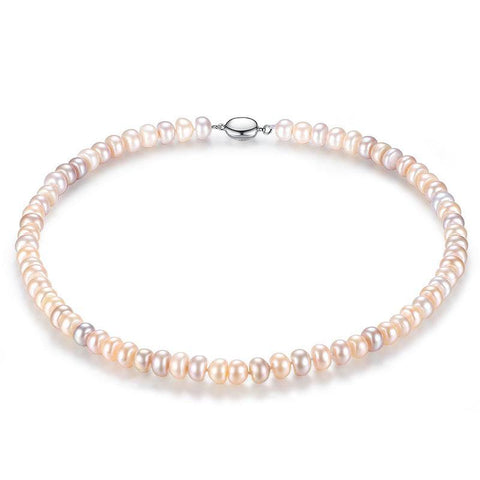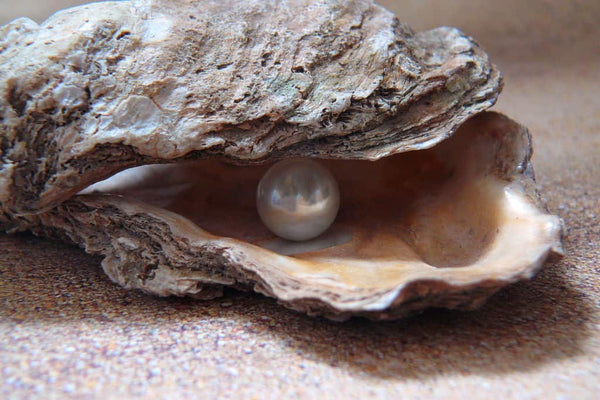
Most jewelry is made from precious metals and jewels buried in the earth, but pearls are found inside living things, oysters. Pearls are the result of biological processes - the way oysters protect themselves from foreign substances.
The oyster is a mollusk with a fascinating skill for making pearls. Pearls are small shiny stones made for high-end jewelry and have high commercial value among humans. But for oysters, it's a defensive barrier that saves them from parasites and dust particles.
As the saying goes, looks are deceiving; an oyster is a soft, fleshy creature covered in a hard shell. Pearls can be produced through natural and artificial processes. Over the years, humans have also learned to catalyze this process. Human-induced disturbances are called cultural pearls. The process of artificially producing pearls is called pearl farming. Pearls produced by oysters themselves are called natural pearls.
Why Do Oysters Produce Pearls?
Oysters may have a rough and rocky exterior, but like all bivalves, they have soft, very fragile bodies inside. According to the Natural History Museum, pearl making is a natural defense against irritants or parasites entering oyster shells. If the oysters sense the presence of parasites or something or something in their shells, they will start secreting something.
The pearl making process is slow. Because oysters secrete layers of aragonite and shell proteins, a new material called nacre forms around invading irritants. Also known as mother of pearl, mother of pearl is essentially made from the same aragonite and chitin as the oyster shell, and is soft and smooth enough to even prevent any further damage to the oyster's soft interior.
How Do Oysters Make Pearls?
Pearls are made from marine oysters and freshwater mussels as a natural defense against irritants such as parasites entering their shells or causing damage to their fragile bodies.
The oyster or mussel slowly secretes layers of shell proteins and aragonite, which also make up its shell. This creates a material called nacre, also known as nacre, which encapsulates the irritant and protects the mollusk from irritation.
When culturing pearls commercially, stimulants are manually inserted into the mollusks to facilitate mother-of-pearl production.
Nacre can form naturally around almost any irritant that gets inside the shell, resulting in some very unique and precious pearls.
Other bivalve mollusks and gastropods can produce pearls, but these are not made from nacre.
Can Only Oysters Produce Pearls?
While other bivalve mollusks and gastropods can produce pearls, none of these "pearls" are made from true mother-of-pearl. The only bivalves that make true natural pearls are oysters and freshwater mussels. Natural pearls are very beautiful and unique, but difficult to find and harvest in the wild. Cultured pearls are easier to manage. They are also generally considered to be of the same quality as natural.
According to Wonderopolis, the process of making cultured pearls requires farmers to manually insert a non-toxic irritant into the shell, which is then placed directly on the nacre. This promotes the production of pearls. Unfortunately, the growth and eventual harvest of these pearls is not always best for the bivalve in question.
What Kind of Oysters Make Pearls?
All marine oysters produce pearls. It's just a defense mechanism that's active in all of them. Oysters belonging to the genus Pearl of the butterfly family are the best pearls. Akoya oysters are grown in Japan and China to produce rich, neutral-colored pearls. Pearl oysters, also known as white-lipped oysters, are farmed in Australia, Indonesia and the Philippines for their large silver, white or gold pearls. Pinctada margaritifera, also known as the black-lipped oyster, produces black or white pearls. These are the most sought after pearls in the world.
Does Taking the Pearl Kill the Oyster?
According to The Pretty Planeteer, pearl farming is not a pleasant experience for oysters. The lifespan of captive oysters is short and stressful. Pearls grow like cankers, so even if the oysters end up being eaten after retrieving the pears, the road to pearls paves the way for responsible mollusks unnecessarily hardships.
For vegans and people who don't like cruelty to animals, pearls are an unnecessary super expensive piece of jewelry. They are beautiful, yes, but are the oysters worth the pain they have to endure in order to give us, especially considering the fact that you can buy imitation pearls or secondhand ones?
On top of that, oysters are important filter feeders in marine ecosystems, so overfishing them to cull pearls and eat them would damage the environment.
Oyster farming is almost as bad as marine monoculture, which tends to upset the balance of certain marine ecosystems. Because mariculture is usually carried out in open waters, oyster farming puts pressure on plankton and other marine species that suddenly find themselves over-farmed in certain waters.




